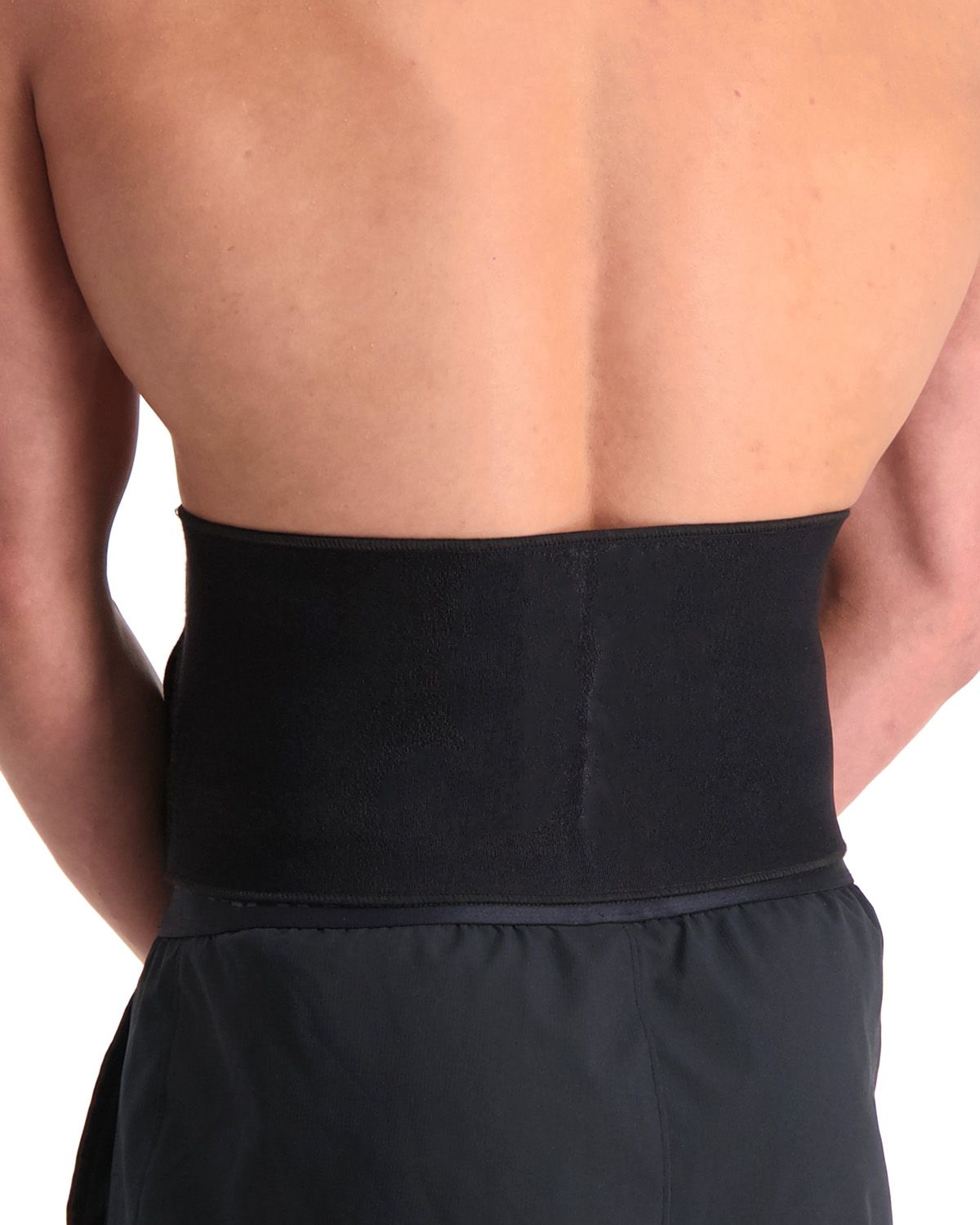Osteoporosis
Osteoporosis is a spinal condition in which your bones become more porous. We’re happy to provide more information about how this condition develops, its symptoms, and available treatment options. Read on to learn more:
What is osteoporosis?
Osteoporosis literally means "porous bone." When you are diagnosed with osteoporosis, it means that the quality of your bone structure is deteriorating and your bones are becoming more brittle. Our body is constantly forming new bone and breaking down old bone. Up until about the age of 35, we build more bone than we break down. As we age, this process reverses. We form less new bone and break down more. When bone breakdown exceeds bone formation, we speak of osteoporosis. Another term for this condition is bone loss.
What are the symptoms of osteoporosis?
The most common symptom of osteoporosis is lower back pain caused by vertebral compression fractures. If you break a bone easily after a fall, this can also be a sign of osteoporosis. It’s recommended to always ask for further testing if you’ve broken a bone and are over the age of 55. A follow-up is also advisable if you’ve experienced a vertebral fracture.
What causes osteoporosis?
Bone loss is a natural process, so there isn’t always a clear cause. However, certain diseases, such as intestinal or thyroid disorders, can accelerate the process. The use of certain medications, such as corticosteroids or specific epilepsy drugs, can also contribute. Women are generally more likely to develop osteoporosis than men. This is due to the rapid decrease in bone density that occurs during menopause. In addition, several other risk factors can increase the likelihood of developing osteoporosis:
- Lack of physical activity
- Early menopause
- Vitamin D deficiency
- Smoking
- Heredity
- Low body weight
- Alcohol consumption
How is osteoporosis diagnosed?
Osteoporosis is diagnosed using a DEXA scan. This measures the amount of minerals in the hip and vertebrae to determine bone density. Additional blood tests may also be performed to identify deficiencies in vitamin D and calcium. A VFA scan may also be conducted. This is a low-dose X-ray that examines all the vertebrae to check for any damage to individual or multiple spinal bones.
How is osteoporosis treated?
Osteoporosis is a chronic condition, meaning it cannot be completely cured. However, there are many things you can do to prevent it from worsening. Treatment typically involves a combination of proper physical activity, a healthy diet, and medication. Regular movement helps maintain bone structure—think of activities like running, tennis, jumping rope, and walking. Healthy nutrition is essential, especially after being diagnosed with osteoporosis. Ensure you get enough calcium and vitamin D in your diet. Magnesium also plays a key role in bone strength. Lastly, medications are available to help stabilize bone density. Always discuss this with your doctor! Most importantly, it’s essential to combine all three strategies and stay consistent with them. For lower back support, Podobrace offers a wide range of back braces designed to give you the support you need.

McDavid 493 Back Support

Bauerfeind Sacroloc Back Support - Pelvic Belt

Super Ortho Ceramic Magnetic - Magnetic Back Support

Bauerfeind Lumbotrain Straight Back Support
Protection level 3
Dunimed Back Support (without Busks)

Dunimed Back Support - with Busks (Black)

Medidu Premium Comfort Back Support (Black & Beige)

Gladiator Sports Back Support

- Physiotherapist
- Sports podiatrist
- Manual therapist
- Podopostural therapist
- Myofascial dry needling specialist


